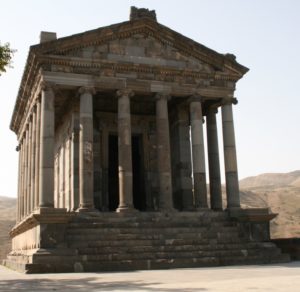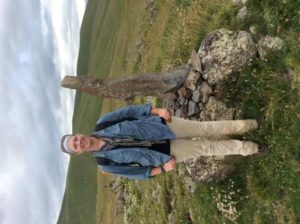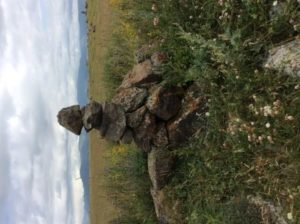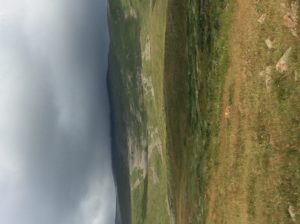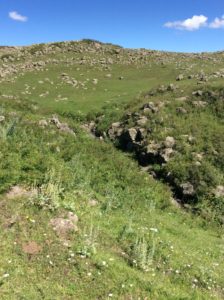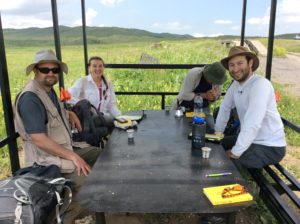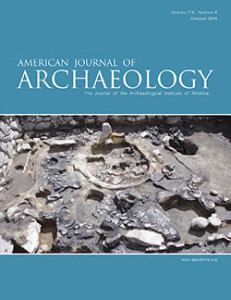This summer’s research had three goals:
- to begun to understand the relationship and route between the ancient sites of Garni and Artashat;
- to train colleagues on GIS; and
- to test an entirely digital workflow that utilized open-source software and inexpensive hardware, in order to think through a system that would be sustainable for archaeologists of fewer resources.
This post will focus on #3, primarily because the work on 1 and 2 is ongoing. I made progress on each of goals 1 and 2, but there is still work to be done.
The third goal, a sustainable digital workflow, was important to me for a variety of reasons. First, as archaeology turns to productive and useful technology like LIDAR, drones, magnetometry, GPR, and even GIS like Esri’s ArcGIS, archaeology is becoming a discipline so expensive that organizations like the Institute of Archaeology and Ethnography in Yerevan really almost rely upon international collaboration to access such technologies. In addition, as scholars in the U.S. – like me – come to be employed in contingent positions or teaching positions with little research support, such expensive technologies are difficult for us to access, as well.
Open-source software is an excellent solution to at least some of the problems of lesser-resourced research institutions and people. I also have a firm belief in the importance of scientific communication and datasharing, and I think that the social scientific community ought to consider adopting the principles behind open-source software. In addition to the sustainability of open-source software, the digital aspect of the sustainable digital workflow is also important because of its potential for creating datasets capable of multivocal interpretation.
The good news is that I achieved goal 3, but like all workflows and scientific tools, there are trade-offs to consider.

